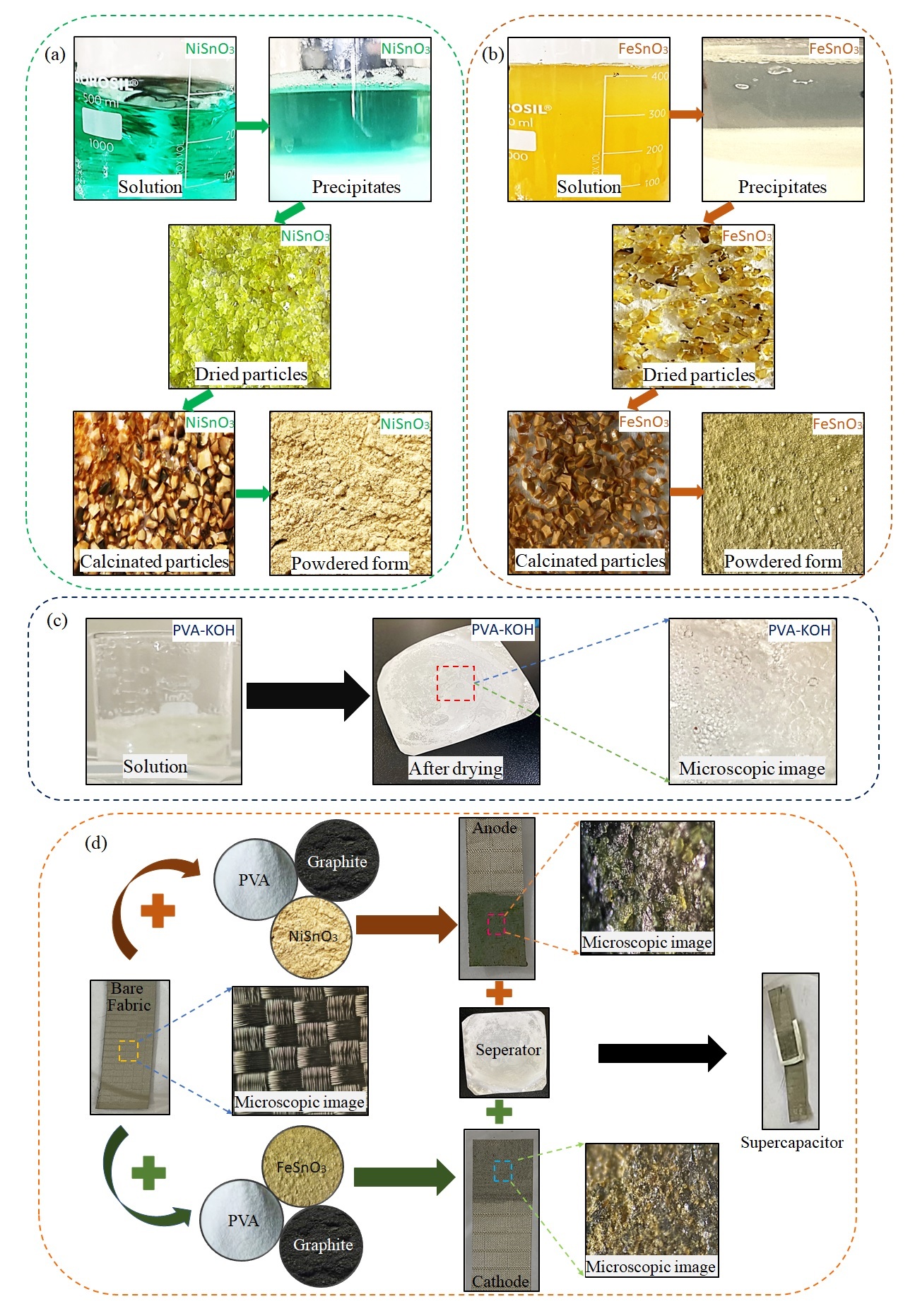The Department of Science and Technology focuses on utilising New and Renewable Energy Sources, especially in underserved areas like un-electrified villages. It also uses Science and Technology to drive socio-economic change. It consists of two key wings: J&K Energy Development Agency (JAKEDA) and J&K Science, Technology and Innovation Council, working collaboratively to promote progress, innovation, and sustainable development for a brighter future.
Copyright © 2023 Department of Science & Technology, Govt. of Jammu & Kashmir. All Rights Reserved.. Powered By : Associated Media





.jpeg)












.jpg)





